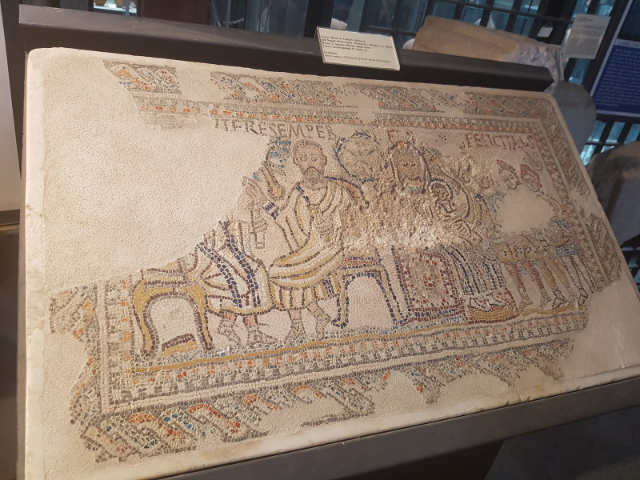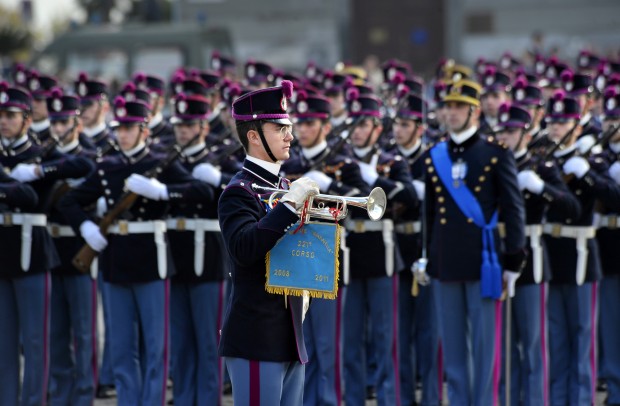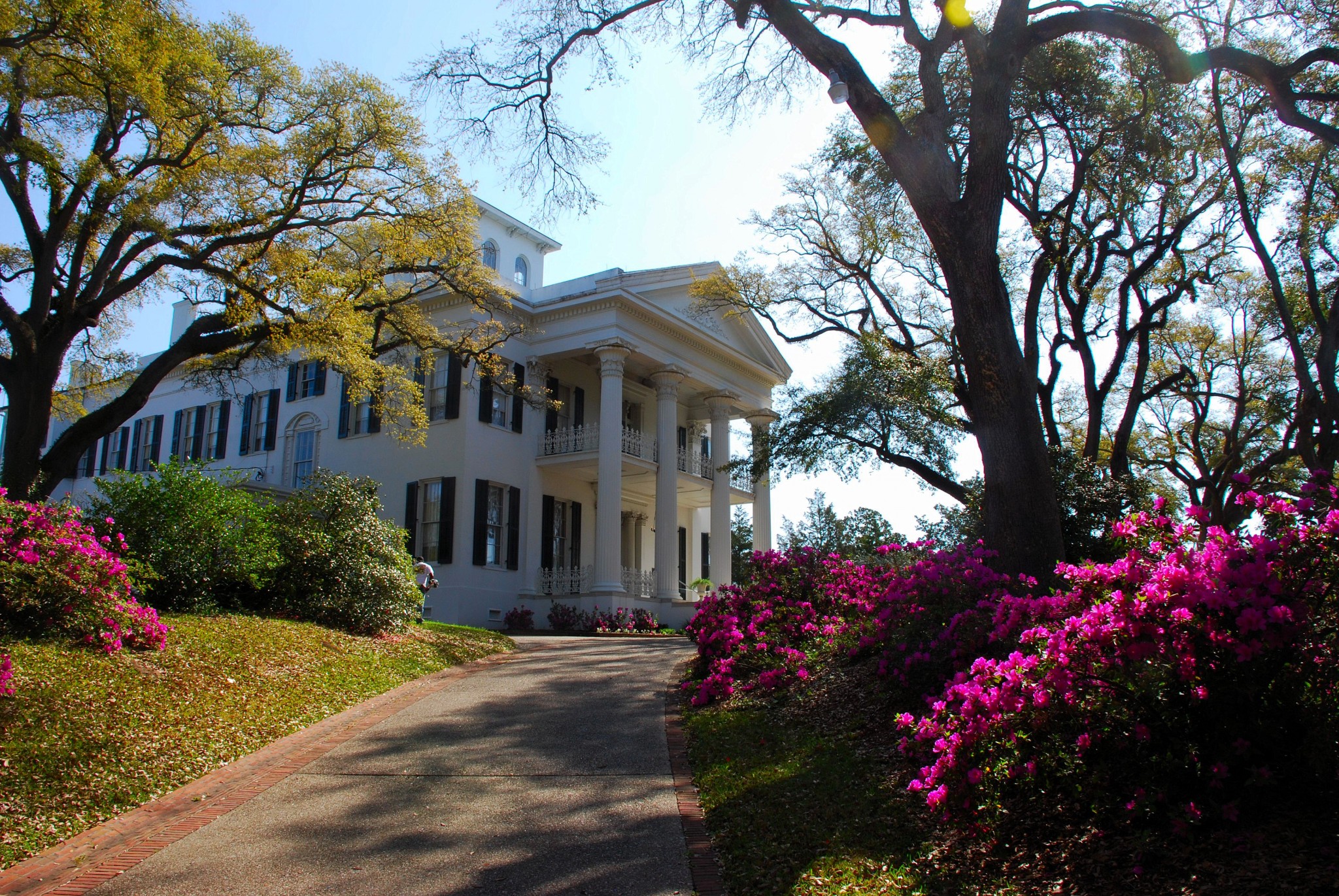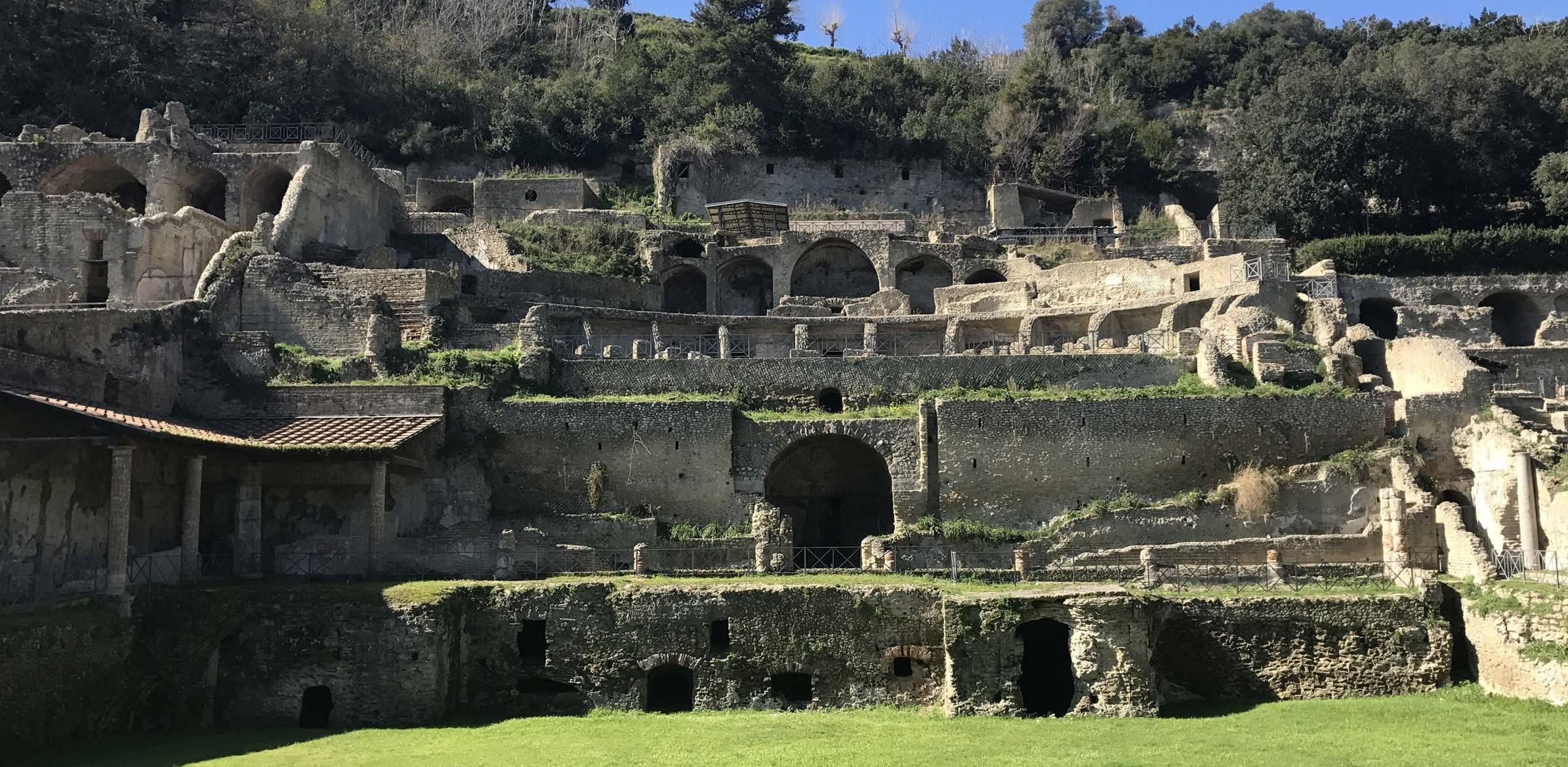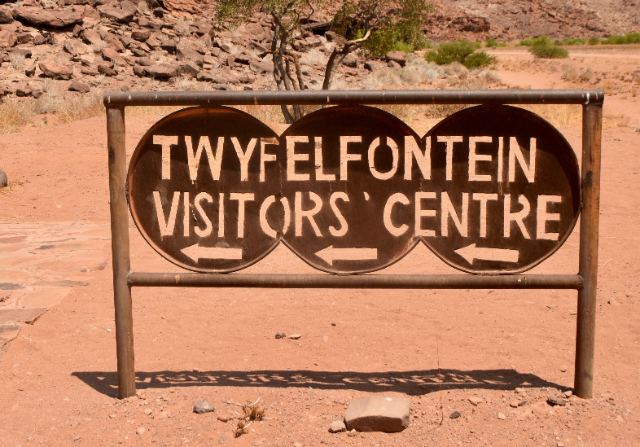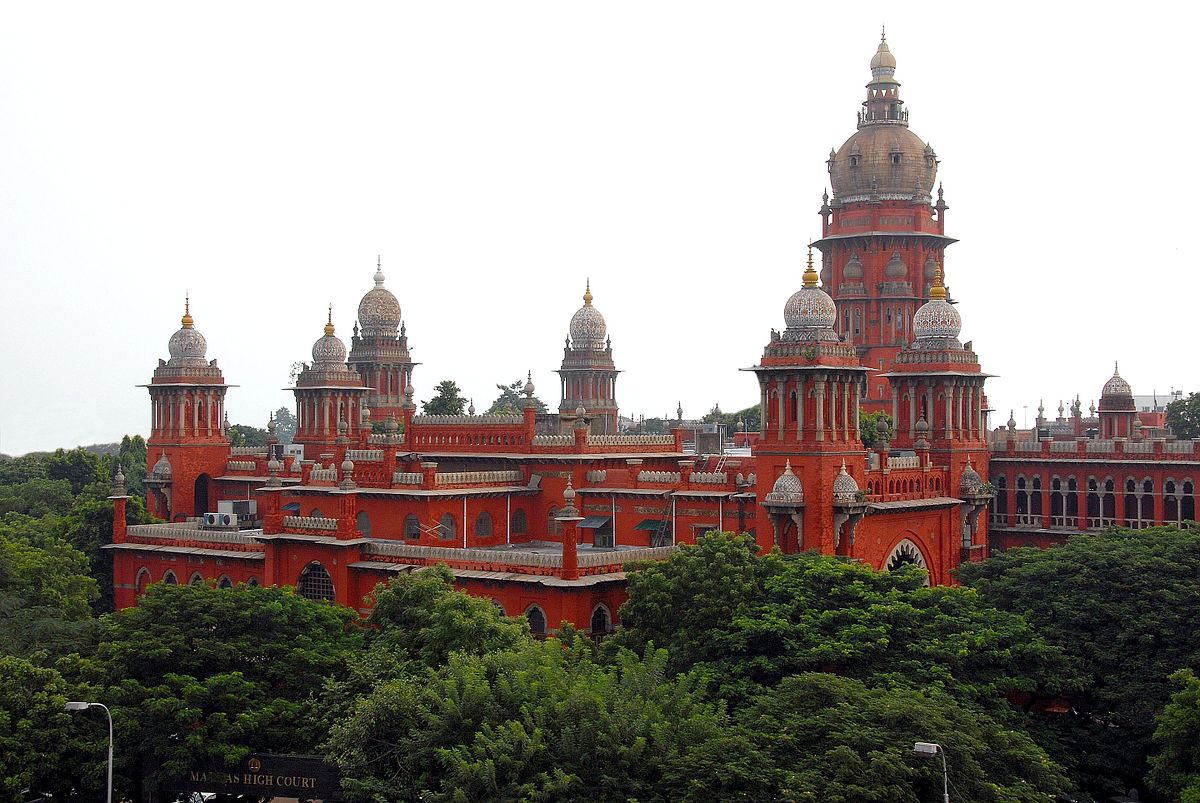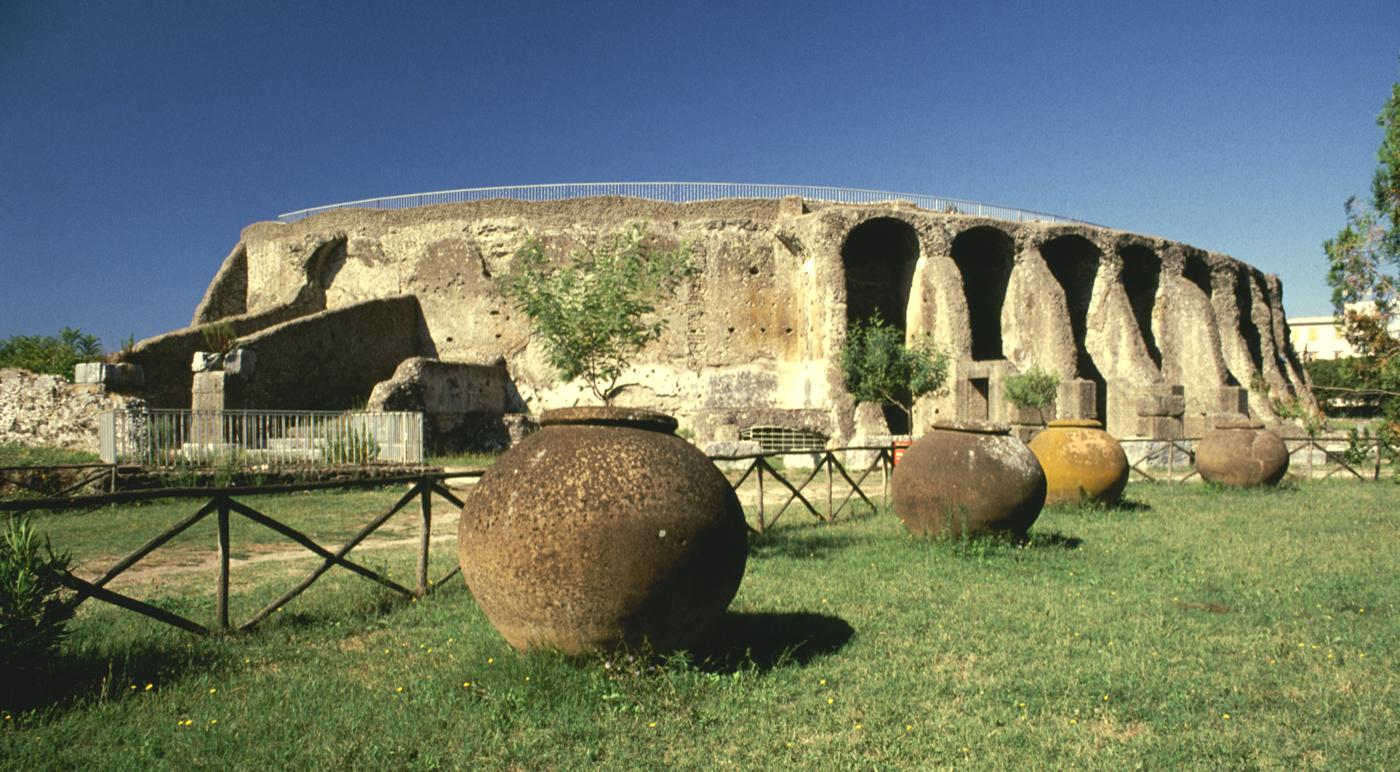The mausoleum of the gens Geminia, dating from the fourth century (375-375), houses the oldest known mosaic representation of Epiphany to date. The mosaic features the Church fathers on the left and the nativity and adoring Magi on the right. It was commissioned by Felice Geminio for the tomb of his wife Felicita, as evidenced by the inscription. The mausoleum was discovered in 1906 and is located within the monumental complex of the Loggione or Cavallerizza, a splendid example of late Gothic architecture built in the 14th century. The museum houses artifacts belonging to the culture of the Sedicines, a people of Oscan lineage who developed their own original figurative art since the 6th century BCE. The main nuclei consist of the votive objects deposited in shrines, such as that of the goddess Popluna, later assimilated to Juno, and grave goods from the late 6th century B.C. to the 7th century A.D. The Theater, built at the end of the 2nd century B.C. and later enriched with columns of precious marble and refined decorations in the Augustan age, was part of an architectural complex that included a large artificial terrace and a temple, possibly dedicated to Apollo. In the 3rd century AD it took on grandiose forms when Septimius Severus endowed it with a cavea about 85 meters in diameter and a stage about 26 meters high, decorated with sculptures in the rarest and most precious marbles. After the fall of the Roman Empire, the building served as the foundation for an artisans’ quarter and was rediscovered only in the 1960s. The viewing terrace of the Loggione currently hosts art events and meetings.
